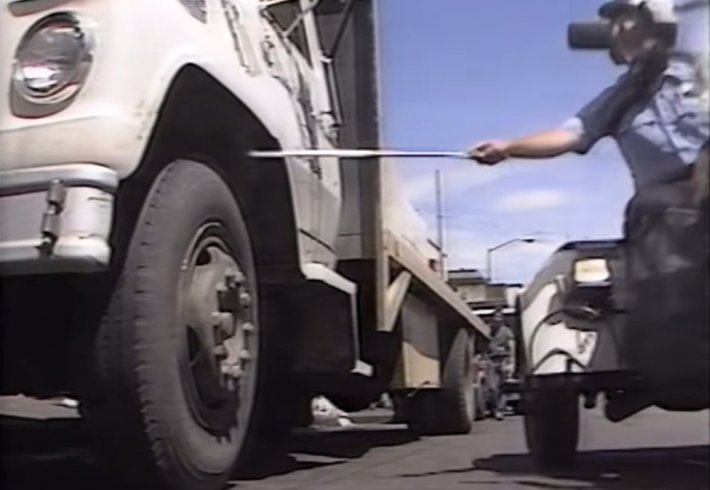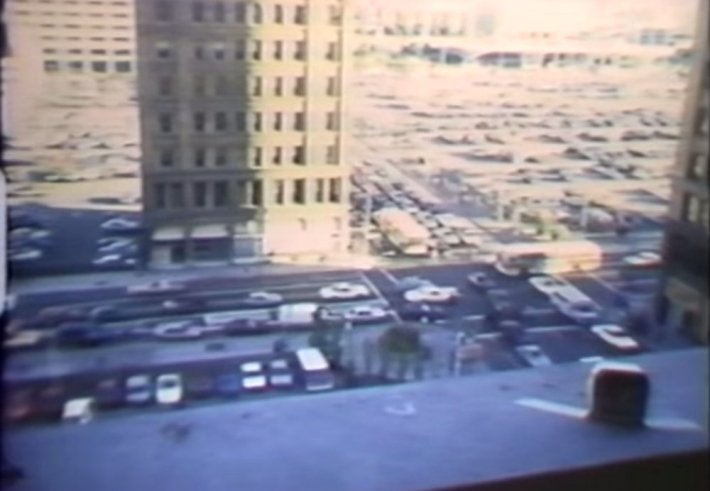When it comes to effectively enforcing parking regulations to make San Francisco's streets work more efficiently, SF hasn't changed much since 1988.

That's when Muni planner Jerry Robbins created the above video, explaining why it's so important to keep drivers from parking in transit-only lanes or blocking intersections, and to make sure delivery drivers aren't hogging loading zones all day. Today, Robbins is the interim director of SFMTA's Sustainable Streets Division, and he said he still shows the video to the planning staff he oversees.
"When I look at the video, I think of how similar things are today," said Robbins. "The cars look different, but everything else looks pretty much the same. I think the lesson of the video is still valid."
Robbins said the video was created at a time when city planners were considering some of the transit-boosting upgrades to street infrastructure that are now being implemented today, as part of the Muni Transit Effectiveness Project -- new transit-only lanes, transit-priority signals, and bus bulbs. Last year, the SFMTA began painting transit-only lanes red on downtown streets to help keep drivers out of them, without the need to issue tickets.
But it wasn't until recently that the city focused on making those kinds of improvements. In 1988, Robbins said the now-defunct Department of Parking and Traffic made some changes to more effectively enforce against parking violations, primarily by increasing parking ticket fines.
"It wasn't to preclude anything, but just to treat enforcement as one of the things in the toolbox that should be considered with all the other new regulations," he said. "Enforcement alone can be a big game changer."
Today, Robbins said the SFMTA has roughly the same number of parking control officers, and that it's fighting attrition as veteran officers retire. Parking enforcement can certainly be a wearying job, with officers regularly facing the threat of physical violence from ticket-irate drivers.
Cheryl Brinkman, vice chair of the SFMTA Board of Directors, said she wants to see the agency expand camera enforcement, which "is definitely one way I think we can increase enforcement -- and help the PCOs and Muni operators feel more in control of situations and less threatened."
Muni recently installed transit-only lane enforcement cameras on all of its buses, but those can only cite drivers who park in bus lanes, not those who drive in them. That job is up to the SFPD.
Other parking violations remain rampant in SF, such as double parking in bike lanes and traffic lanes, and sidewalk parking. But there aren't any official measures proposed yet which would allow enforcement officers to cite those violators without risking confrontation.
Still, Robbins said the video "really demonstrates to the parking enforcement officers how important their job is, and how poorly the city would function without them."
"A lot of people think the reason does parking enforcement is to make money," he said. "To me, that's not the case at all. Money is a nice side benefit, but the reason we do parking enforcement is because we need it to make the transportation system work."





